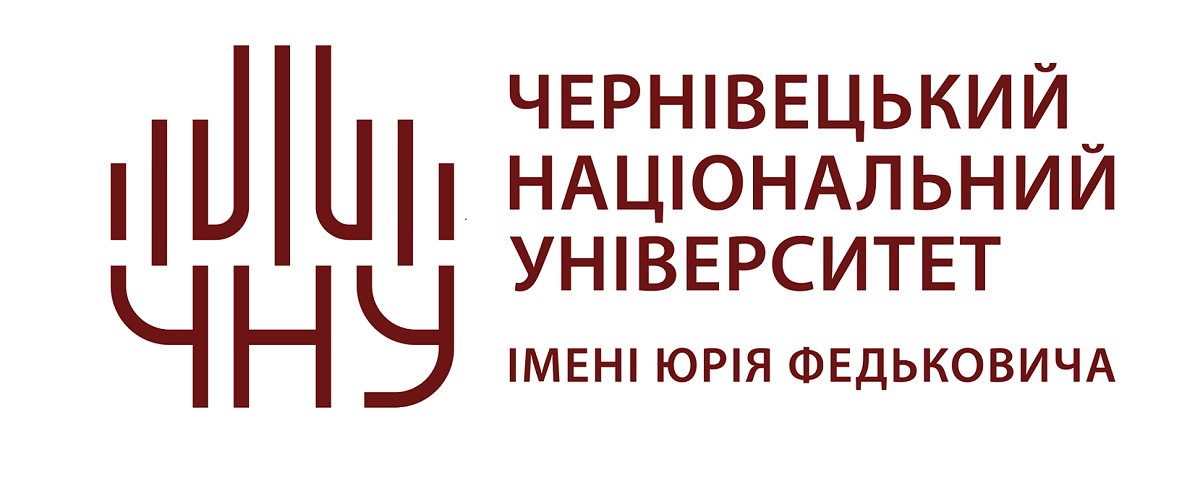| dc.identifier.citation | Olishchuk, R., Chakal, I. (2020) Lexical objectification and subjectification of the concept “Plant world” in the novel by Longus “Daphnis and Chloe” // Актуальні питання гуманітарних наук: міжвуз. зб. наук. праць педагогічного ун-ту ім. І.Франка / [ред.-упор. М.Пантюк, А.Душний, І.Зимомря]. Дрогобич: Вид. дім «Гельветика», 2020. Вип.34. Том 4. С. 80-87. (Index Copernicus International) | uk_UA |
| dc.description.abstract | The article deals with the florolexemes as an important constituent of the author’s lexical idiosystem (based on the novel “Daphnis and Chloe” by the ancient Greek writer of the 2nd century Longus). The attempt of characterizing the dominant lexemes of flora denotation is made, for which five microconcepts within the concept “Plant world” were singled out: 1) trees, their parts and fruits; 2) flowers; 3) shrubs and herbs; 4) collective names of the flora representatives; 5) crops, with the aim of determining their role for the writer’s idiostyle. The lexemes of the microconcept “Trees, their parts and fruits” are mostly used by the author to describe the inner world of the characters and their feelings. In the novel pine (ἡ πίτυς), dedicated in ancient culture to Saturn and Pan, is an idiosyncratic symbol of the longevity of Daphnis’s and Chloe’s love. Among the names of the fruit an apple (τὸ μῆλον), which in the novel by Longus is the symbol of love, is mentioned especially often. The lexeme τὸ μῆλον in the novel we can be found in the epithet word combinations only with positive evaluating. The variety of flower denominations create an appropriate lexical background, in which the florolexemes indicating nature images carry the semantic charge inherent in a particular season. Longus contrasts the flowers created by nature (τὸ ἴον, ὁ νάρκισσος, ἡ ἀναγαλλίς), and man-made flowers (τὸ ῥόδον, ὁ ὑάκινθος, τὸ κρίνον). In Longus's novel botanomorphic tropes fulfill an image-making function, which consists in assimilation or comparing humans (or parts of their bodies) with plants. In the Longus’s novel among the nominations of the microconcept “Shrubs and herbs” the lexeme ὁ κιττός (ivy) attracts the attention; it belongs to evergreens and signifies immortality, eternal life. It has been defined that the analyzed microconcepts accomplish their lexical objectification in contexts through semantic connectivity with other words, revealing direct and figurative meaning and being parts of various artistic means.
У статті розглянуто флоролексеми як важливий складник авторської лексичної ідіосистеми (на матеріалі роману давньогрецького письменника ІІ ст. Лонга „Дафніс і Хлоя”). Зроблено спробу охарактеризувати домінантні лексеми на позначення флори, виділивши у концепті „Рослинний світ” п’ять мікроконцептів: 1) дерева, їх частини та плоди; 2) квіти; 3) кущі та трави; 4) сукупні назви представників рослинного світу; 5) сільськогосподарські культури, а також з’ясувати їх роль для ідіостилю письменника. Лексеми мікроконцепту „Дерева, їх частини та плоди” автор використовує здебільшого для змалювання внутрішнього світу героїв, їх почуттів. Сосна (ἡ πίτυς), яка в античній культурі присвячувалась Сатурну і Пану, у романі постає своєрідним символом довговічності кохання Дафніса і Хлої. Серед назв плодів особливо часто йде мова про яблуко (τὸ μῆλον), яке у романі Лонга є символом кохання. Лексему τὸ μῆλον фіксуємо у романі в епітетних словосполученнях лише з позитивною оцінною семантикою. Різноманіття назв квітів створюють відповідний лексичний фон, в якому флоролексеми на позначення картин природи несуть смислове навантаження властиве тій чи іншій порі року. Лонг протиставляє квіти, народжені природою (τὸ ἴον, ὁ νάρκισσος, ἡ ἀναγαλλίς), і квіти, які вирощує людина (τὸ ῥόδον, ὁ ὑάκινθος, τὸ κρίνον). Ботаноморфні тропи виконують в романі Лонга образотворчу функцію, що полягає в уподібненні або порівнянні людей (чи частин їх тіла) з рослинами. З-поміж номінацій мікроконцепту „Кущі та трави” у романі Лонга привертає увагу лексема ὁ κιττός (плющ), що належить до вічнозелених рослин і означає безсмертя, вічне життя. Встановлено, що досліджувані мікроконцепти здійснюють свою лексичну об’єктивацію у контекстах через семантичну сполучуваність з іншими словами, виявляючи при цьому прямий і переносний (образний) смисл і виступаючи в складі різних художніх засобів. | uk_UA |
